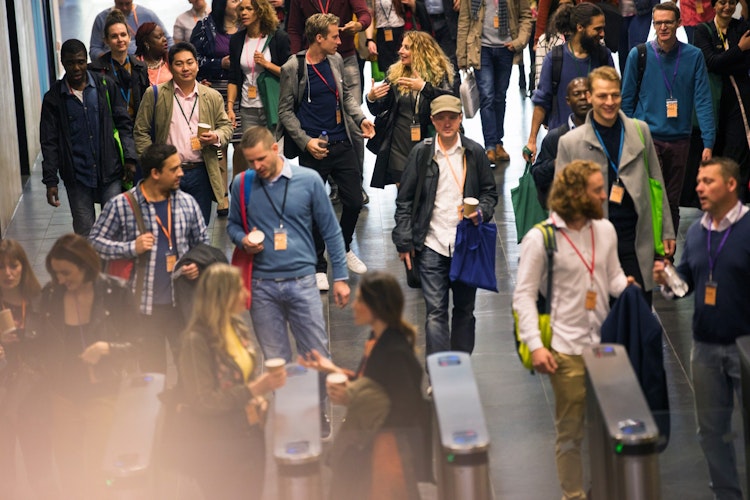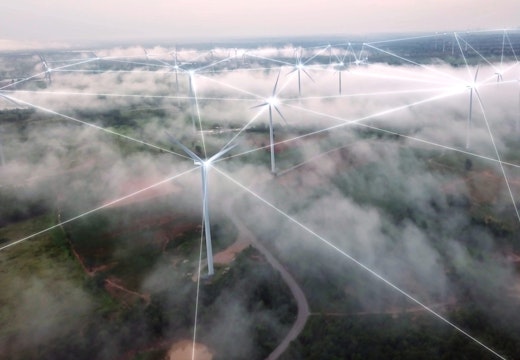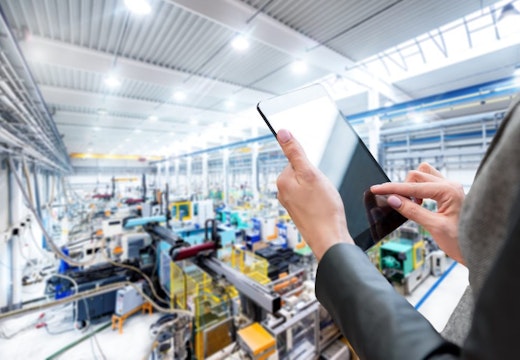Design for diversity: how to address new workforce demands
Smart building technology that addresses psychological as well as physical wellbeing can play a leading role in designing for a diverse workforce
Offices today are required to host a more diverse workforce than ever before — and this challenge is set to have profound implications for how our increasingly digital workplaces will be planned and built in the future.
Walk into any large open-plan space and you are already likely to see four different generations at work at their desks. Legislation addressing age and disability discrimination in the workplace has removed some of the barriers in Europe and North America to people of different abilities. Women have broken through the glass ceiling in many previously male-dominated companies. The provision of prayer rooms, safe spaces, and non-gendered rest rooms further suggests how working life is getting to grips with identity politics around diversity—and with the many different needs that arise.
Broad span of difference
Workplace designers thus face a greater creative challenge than ever before in responding to a workforce that is essentially a kaleidoscope of such a broad span of different shapes, sizes, abilities, and cultural preferences. And not only are workforces more diverse – but they are also more demanding, distributed and disassociated than in the past.
Amid this ‘perfect storm’ of change, we looked at ways to improve worker wellbeing by reviewing the available academic research in the field of environmental psychology and design with WORKTECH Academy. Four main themes emerged:
Control: Well-being is enhanced when people have a comfortable level of control over their physical environment and their working life—when there is some choice in how, where, and when they work, but not too much choice and control, as this can be disorienting.
Messaging: The silent messages sent via the design of the workplace can make employees feel good; spaces communicate to employees that they are respected by their organization.
Alignment: The design of the workplace improves personal well-being and supports knowledge worker performance when it directly supports the tasks that people actually need to do.
Refresh: Workplaces that provide opportunities for people to refresh mentally—after they’ve become cognitively exhausted by doing knowledge work—make a valued contribution to well-being.
Irrespective of age or ability
The themes of control and messaging relate to conveying respect to workers; alignment and refresh support getting work done. By far the largest body of research focuses on a ‘sense of control’ as a key driver of well-being and happiness at work irrespective of the age, gender, ability, or culture of the employee.
All four of these research themes can be addressed by the rise of smart building technologies, which will increasingly enable the physical environment to respond automatically to the needs and preferences of the diverse groups of people working inside. Smarter buildings hold the promise of giving more comfortable control to employees, of sending ‘silent messages’ of respect and engagement to the workforce, of aligning work tasks more closely with people’s real needs and aspirations, and of allowing recovery and recuperation from exhausting cognitive work.
Read more on Design for Diversity here.








